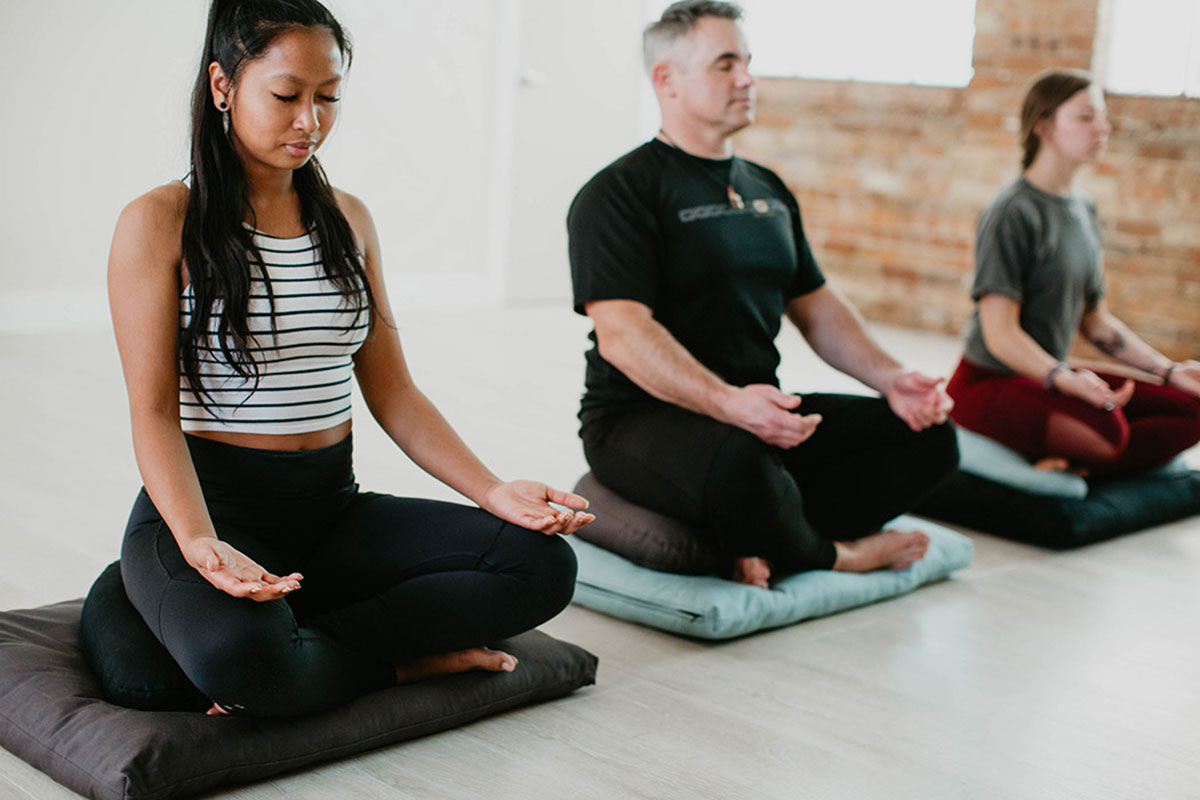This entry was posted on Sep 17, 2025 by Charlotte Bell.

Asana, the bodily observe, is probably the most recognizable of the eight limbs of yoga. Should you point out “yoga,” most individuals will robotically image an individual in some lovely, flexible place. However, after all, yoga is rather more than simply asana. There are seven different limbs of yoga within the system of Ashtanga Yoga. (Right here, Ashtanga Yoga refers back to the conventional which means of the eight-limbed path, moderately than Ashtanga Vinyasa Yoga, the system developed by Ok. Patabhi Jois.) As well as, there are lots of different types of yoga that don’t embrace postures.
Within the context of the eight limbs, asana comes third, after yama and niyama. The primary two limbs present a strong basis for the remainder of the observe. They instill wholesome intentions in order that our observe can bear healthful fruit. As well as, they offer us pointers for dwelling a swish life.
As a result of asana is the most well-liked facet of yoga, it is usually probably the most misunderstood. Western practitioners, who grew up on rigorous train, usually observe asana within the context of that acquainted paradigm. Once we consider train, we consider ideas like competitors and private bests. Consequently, we affiliate the power to do acrobatic poses with being “superior.” However in line with the yoga sutras, mastery of asana is a totally completely different factor.
The Asana Custom
The phrase “asana” means “seat.” It actually refers back to the sitting posture. The unique goal of training yoga asana was to help the physique for the pains of sitting meditation. This contains not solely the bodily physique, however the physiological methods as effectively. Particularly essential is the nervous system.
Once I studied in India with B.Ok.S. Iyengar, one factor he mentioned caught in my thoughts and has helped information my observe. He mentioned that we observe asana to create a peaceable, calm atmosphere for the thoughts. When the physique is relaxed, the thoughts can extra simply be relaxed.
Three of the 196 yoga sutras describe asana. All are within the second pada, or chapter. Right here they’re (from Alistair Shearer’s translation):
- 2.46: The bodily posture ought to be regular and cozy.
- 2.47: It’s mastered when all effort is relaxed and the thoughts is absorbed within the Infinite.
- 2.48: Then you’re not upset by the play of opposites.
So let’s break this down. As with different posts on this Yoga 101 collection, my descriptions right here shall be brief and candy. If you wish to delve deeper, choose up my e book, Aware Yoga, Aware Life.
Sutra 2.46: Alistair Shearer’s translation makes use of the outline “regular and cozy.” Different translations of this sutra describe asana as “agency and delicate,” “regular and straightforward,” and different such reverse qualities. For me, this says that balancing effort is the important thing. Steadiness implies a energy, stability and dedication. Consolation implies ease and calm. Steadiness with out consolation can create rigidity and tightness. Consolation with out steadiness can result in sloth and heaviness. So we stability the 2 in each pose.
Sutra 2.47: This sutra is essential for understanding the intention—and the ability—of asana observe. Discover that it doesn’t outline mastery by way of what our our bodies can or can’t do. There’s nothing about pushing additional or mastering fancy poses. Actually, it implies the alternative. In contrast to aggressive sports activities, the place we consistently push our edge, asana asks us to chill out our effort. Once we can chill out effort in our poses, as a substitute of “doing” the pose, we begin to “be” the pose. In that present-moment expertise of the inner course of, our minds are absorbed within the Infinite. Anybody, with any physique kind or bodily potential, can obtain mastery in asana.
Sutra 2.48: Flexibility, energy, tone, stress aid—these are the qualities most frequently listed as the advantages of asana observe. And it’s true; common practitioners usually report these advantages. However these are merely aspect advantages to the true goal of observe: to have the ability to meet the ebb and circulation of our lives with equanimity. Once we observe with steadiness and luxury in thoughts, we stability our nervous system and domesticate mind-body calm. Once we chill out effort and let go into the moment-by-moment expertise of asana, our minds turn into spacious and clear. By growing this state, we’re in a position to method our lives’ ups and downs with extra grace. I don’t learn about you, however I believe that is a rare declare for a bodily observe.
So by means of the instrument of our personal bodily our bodies, we will contact into spacious equanimity that expands outward into our on a regular basis lives off the mat. That is the aim of asana. It prepares our body-mind for meditation, however it additionally helps us combine the meditative state into all our bodily pursuits.
About Charlotte Bell
Charlotte Bell found yoga in 1982 and commenced instructing in 1986. Charlotte is the writer of Aware Yoga, Aware Life: A Information for On a regular basis Observe and Yoga for Meditators, each printed by Rodmell Press. Her third e book is titled Hip-Wholesome Asana: The Yoga Practitioner’s Information to Defending the Hips and Avoiding SI Joint Ache (Shambhala Publications). She writes a month-to-month column for CATALYST Journal and serves as editor for Yoga U On-line. Charlotte is a founding board member for GreenTREE Yoga, a non-profit that brings yoga to underserved populations. A lifelong musician, Charlotte performs oboe and English horn within the Salt Lake Symphony and people sextet Purple Rock Rondo, whose DVD received two Emmy awards.